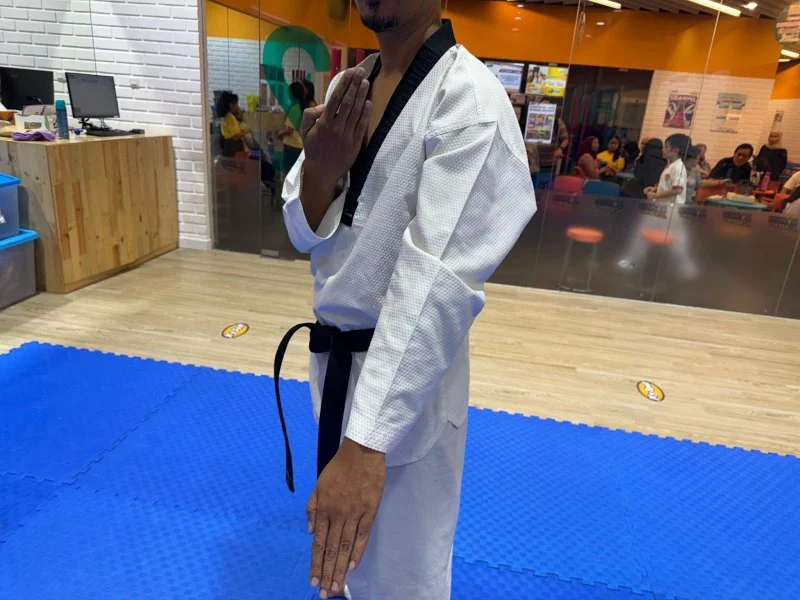
- 1. Understanding the Hecho Makgi (Scooping Block)
- 2. Key Elements of the Hecho Makgi
- 3. Step-by-Step Guide to Performing the Hecho Makgi
- 4. Common Mistakes to Avoid
- 5. Tips for Improving Your Hecho Makgi
1. Understanding the Hecho Makgi (Scooping Block)
The Hecho Makgi, also known as the scooping block, is one of the most important defensive techniques in Taekwondo. This block is typically used to deflect high and middle-level attacks. It is a sweeping, circular movement that allows the practitioner to block while simultaneously setting up for a counterattack. Mastering this block is essential for beginners and advanced Taekwondo practitioners alike, as it forms the foundation of many other defensive and offensive moves.
1.1 The Purpose of the Hecho Makgi
In Taekwondo, the Hecho Makgi is used to deflect incoming strikes, such as punches or kicks. Unlike other blocks that meet the attack head-on, the scooping block uses a circular motion to redirect the opponent's strike away from the body, making it highly effective against powerful or fast attacks.

UMAC Ardsley - United Martial Arts Centers / umac ardsley
ArdsleyWestchester CountyNew York
15 Center St #2, Ardsley, NY 10502, USA
2. Key Elements of the Hecho Makgi
Before performing the Hecho Makgi, it's important to understand its key components. These elements will help ensure that the block is effective and efficient:
2.1 Proper Stance and Positioning
Like many Taekwondo techniques, the Hecho Makgi begins with the proper stance. Typically, you will start from a front stance (Ap Seogi) or a walking stance (Gunnun Seogi), with your body facing slightly to the side. Ensure that your weight is balanced and your knees are slightly bent to allow for quick movement.
2.2 The Circular Motion
The scooping block is performed by sweeping one arm in a circular motion from the lower part of your body, starting near your waist and extending outward and upward. The motion should feel like you are "scooping" the attack away. This motion helps deflect the opponent's strike and set you up for a counterattack.
2.3 Timing and Focus
Timing is critical when performing the Hecho Makgi. The block should be executed just as the opponent's strike is about to reach you, allowing you to redirect the force of the attack rather than absorb it. Focus on maintaining strong eye contact with your opponent to anticipate the direction of their strike and time the block accordingly.
3. Step-by-Step Guide to Performing the Hecho Makgi
Follow these simple steps to perform the Hecho Makgi effectively:
3.1 Step 1: Assume the Correct Stance
Start in a stable front stance (Ap Seogi) or walking stance (Gunnun Seogi). Your body should be relaxed but ready for movement. Keep your core engaged and your focus forward.
3.2 Step 2: Prepare the Arm
Start by bringing your blocking arm down to the side of your body. The palm should be facing down, and your fist should be held loosely. This prepares your arm for the scooping motion.
3.3 Step 3: Perform the Scoop
In one smooth motion, sweep your arm from the lower side of your body to the front, bringing it upward in a circular path. As you scoop, rotate your wrist so that your palm faces outward. This allows you to redirect the incoming attack to the side, making it easier to counterattack.
3.4 Step 4: Follow Through
As your arm reaches its peak, follow through with the motion to ensure the block is complete. Ensure that your blocking arm ends up in a strong, stable position, ready for a counterattack or to transition into another technique.
3.5 Step 5: Return to Stance
After completing the block, immediately return to your stance, ready to defend against further attacks or counter with another strike or technique. Always maintain your balance and awareness throughout the movement.
4. Common Mistakes to Avoid
Even experienced Taekwondo practitioners can make mistakes when performing the Hecho Makgi. Avoid these common errors to ensure a more effective block:
4.1 Inadequate Arm Extension
One common mistake is not extending the arm fully during the block. The arm should fully extend in a straight line before performing the circular motion. Failing to extend your arm reduces the effectiveness of the block.
4.2 Lack of Core Engagement
Another mistake is not engaging your core while performing the block. Your core muscles are key to generating the power needed for a strong and effective block. Always keep your core tight to maintain control and stability during the movement.
4.3 Insufficient Timing
Executing the Hecho Makgi too early or too late can result in failure to deflect the attack. Practice your timing to ensure that you block the strike at the right moment, just before it reaches you.
5. Tips for Improving Your Hecho Makgi
To improve your Hecho Makgi, consider the following tips and drills:
5.1 Practice with a Partner
Practicing with a partner allows you to get real-time feedback and refine your technique. Have your partner throw punches or strikes at you while you practice the block. Focus on timing, accuracy, and form.
5.2 Strengthening Your Arms and Core
Incorporate arm and core exercises, such as push-ups, planks, and resistance training, into your routine. Strengthening these areas will improve your ability to perform the block with more power and control.
5.3 Visualizing the Block
Visualization is a powerful technique for improving your performance. Imagine yourself executing the Hecho Makgi in various scenarios, visualizing the motion and the timing of the block. This mental preparation will improve your physical execution.
For more expert advice, techniques, and Taekwondo resources, visit Jeuns TKD Hub to enhance your training and skills.


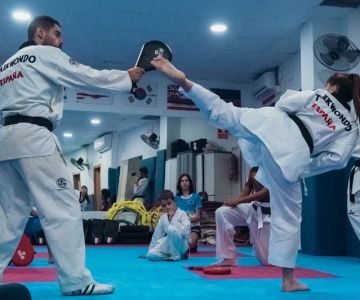
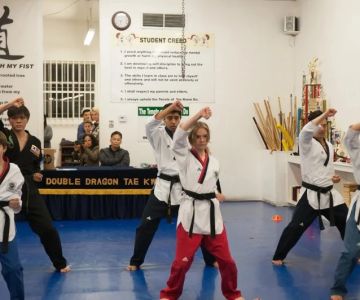
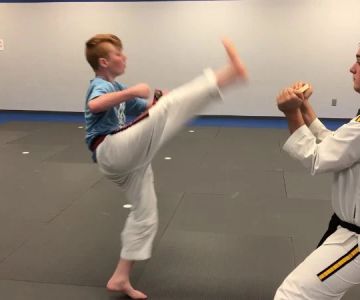

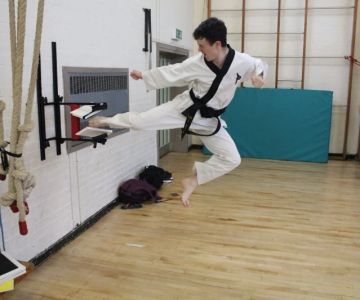
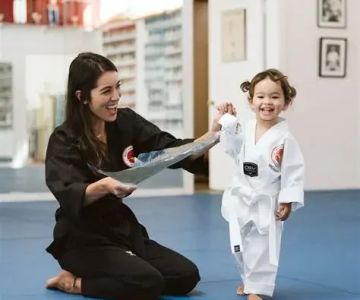
 Innovate Martial Arts5.0 (39 reviews)
Innovate Martial Arts5.0 (39 reviews) American Elite Martial Arts4.0 (12 reviews)
American Elite Martial Arts4.0 (12 reviews) REKM - Fighting Facility5.0 (4 reviews)
REKM - Fighting Facility5.0 (4 reviews) MASTER SHIM'S WORLD CLASS TAE KWON DO5.0 (39 reviews)
MASTER SHIM'S WORLD CLASS TAE KWON DO5.0 (39 reviews) Vanguard Martial Arts5.0 (35 reviews)
Vanguard Martial Arts5.0 (35 reviews) Kaizen Martial Arts of NJ4.0 (98 reviews)
Kaizen Martial Arts of NJ4.0 (98 reviews)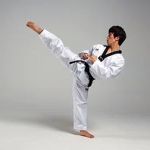 How to Execute a Jumping Roundhouse Kick to the Head
How to Execute a Jumping Roundhouse Kick to the Head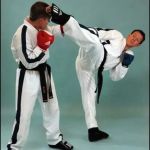 How to Execute a Double Kick Combination in Sparring
How to Execute a Double Kick Combination in Sparring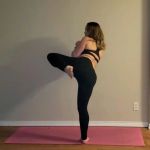 How to Perform a Flawless Axe Kick: A Step-by-Step Guide
How to Perform a Flawless Axe Kick: A Step-by-Step Guide DIY Tae Kwon Do Training Equipment for Home Practice
DIY Tae Kwon Do Training Equipment for Home Practice How to Increase Your Vertical Jump for Tae Kwon Do Flying Kicks
How to Increase Your Vertical Jump for Tae Kwon Do Flying Kicks The History of the Tae Kwon Do Peace Corps
The History of the Tae Kwon Do Peace Corps